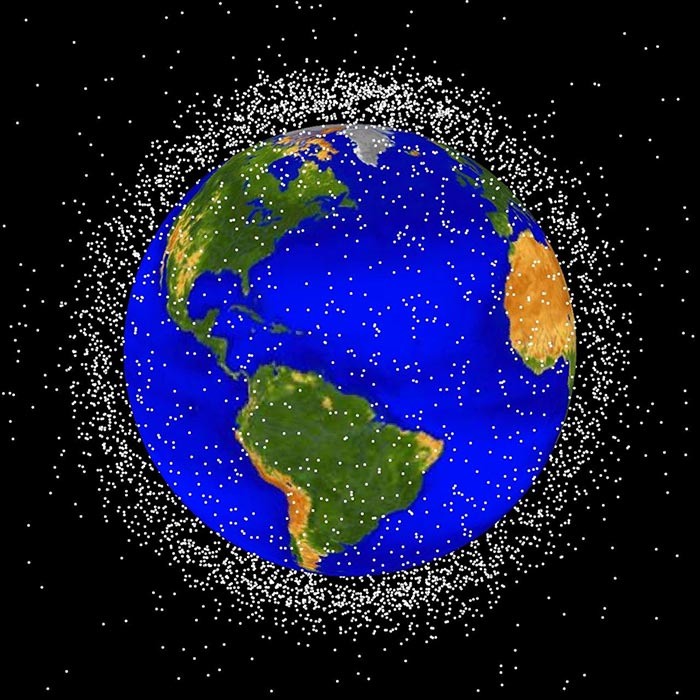
Space junk has been a problem for mankind ever since Sputnik-1, the first man-made satellite was launched into space back in 1957. It has been a monumental event that ushered in the Space Age. However, as humans became more and more interested in the world beyond their planet, more and more space junk is left in space.
Fortunately for future space missions, Chinese researchers were able to develop a way to improve the accuracy in detecting space junk along the planet's orbit hence, providing effective ways to plan out safe routes for spacecraft maneuvers.
WHERE DID ALL THESE SPACE JUNK COME FROM?
Space junk (formally known as orbital debris) refers to the fragments that measure up to 4-inches or less that floats around the orbit of the Earth. There are 23,000 known man-made fragments but there are also an estimated 500,000 of these fragments that measure below 4 inches. The junk is usually made up of stages from rockets that launched satellites into orbit and old satellites that are already retired. The smaller debris is made up of paint that flaked away from spacecraft or satellites, nuts and bolts, some garbage bags, a lens cap, a screwdriver, and a spatula.
The number of space junk has continued to increase over the years and provided danger to spaceflights. For instance, back in 2009, two satellites collided 500 miles above Siberia clashing at 22,300 miles per hour. The culprit? The inactive Russian satellite Cosmos 2251. The US communication satellite Iridium 33 met its demise when it collided with the inactive satellite.
CAN SPACECRAFTS AVOID THESE SPACE JUNK?
Researchers from the Chinese Academy of Surveying and Mapping and Liaoning Technical University, Fuxin developed laser ranging technology that can accurately map the presence of space junk. "After improving the pointing accuracy of the telescope through a neural network, space debris with a cross-sectional area of 1 meter squared and a distance of 1,500 kilometers can be detected," Tianming Ma, lead author of the study narrates.
The laser ranging technology employs laser reflection from objects to be able to measure the distance. However, the echo signals that are reflected from the surface of the space debris are weak, effectively reducing the accuracy of the method. There are prior studies that focused on the improvement of the accuracy by the same methodology proposed by Ma and his team; where the application of neural networks (which are algorithms that are modeled after the human brain's sensory input, processing, and output) is applied to laser ranging technologies. But it was Ma's study that made significant improvements in the pointing accuracy of the laser-ranging telescope.
To be able to successfully develop their methodology, Ma and his colleagues developed a back-propagation neural network using two correcting algorithms: the Genetic Algorithm and the Levenberg-Marquadt algorithm. These algorithms made it possible to optimize the neural network's threshold for recognizing space junk and ensures that the network is not sensitive and can still be used in localized areas in space. The team compared their methodology to the three traditional methods in order to prove the accuracy of the project. To solve the algorithm coefficients from each method, an observation data of 95 stars were used. The test was to identify 22 other stars and Ma's algorithm was successful in proving its accuracy.
Ma and his colleagues published their findings in the Journal of Laser Applications.
© 2025 ScienceTimes.com All rights reserved. Do not reproduce without permission. The window to the world of Science Times.










